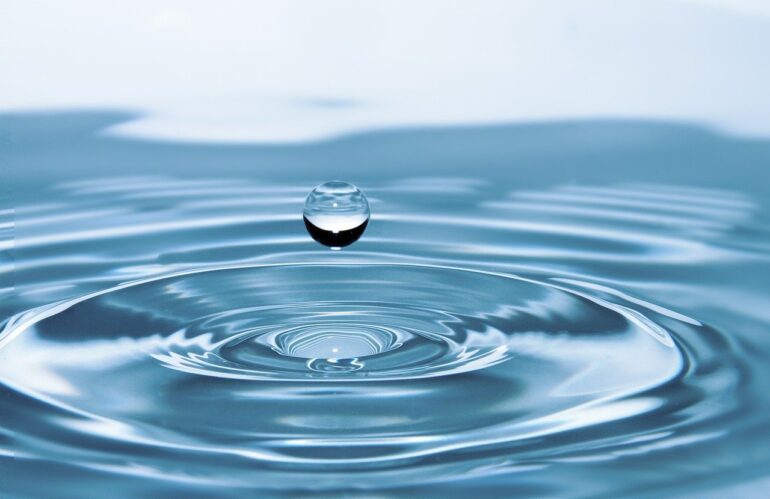The hydrosphere includes all of our planet’s bodies of water, as well as groundwater, atmospheric vapors and gases, and glaciers. These sources are necessary for nature to sustain life. Now the quality of water has significantly deteriorated due to anthropogenic activities. Because of this, we are talking about many global problems of the hydrosphere:
- chemical pollution of water;
- radioactive pollution;
- pollution by garbage and waste;
- destruction of flora and fauna living in water bodies;
- oil pollution of water;
- shortage of drinking water.
All of these problems are caused by the poor quality and insufficient quantity of water on the planet. Despite the fact that most of the earth’s surface, namely 70.8% is covered with water, not all people have enough drinking water. The fact is that the water of the seas and oceans is too salty and unsuitable for drinking. Water from freshwater lakes and underground sources is used for this purpose. Of the world’s water reserves, only 1% is contained in fresh water bodies. In theory, another 2% of the water which is in a solid state in glaciers is suitable for drinking, if thawed and purified.
Objects of water protection
Water protection is a whole system of rules and regulations aimed at ensuring the proper protection of critical resources. Water bodies for which rules have been established for their use sanctions for violation include the following:
- Water places whose resources have been officially recognized as therapeutic. This includes areas of resorts and other sanitary and health areas.
- Water bodies of special significance, such as aesthetic, recreational, cultural, research, etc. The status of specially protected areas may be established for them.
- Objects recognized as water protection zones. These are reservoirs, canals, coastlines of seas, rivers, etc. They are characterized by special regime of agricultural and other activities. The regime includes the presence of strict rules for the use of resources, to prevent their depletion, pollution and extinction. Protective measures are also directed to the flora and fauna contained in these sites. In some places, for example, it is completely forbidden to catch fish. For particularly valuable water protection areas, there is a total ban on all activities.
Water use in industry
The main problems of water resources are that they are widely used in industry: metallurgy and engineering, energy and food industry, agriculture and chemical industry. The water used is often no longer suitable for further use. Of course, companies do not purify it when it is discharged, so agricultural and industrial effluents end up in the world’s oceans.
One of the problems of water resources is its use in public utilities. Far from all countries people are provided with water supply, and pipelines leave much to be desired. As for sewage and effluents, they are discharged directly into water bodies without purification.
Water protection methods
The most effective methods of protecting water wealth are:
- Legal method. The use of this method is carried out with the help of the Water Code. It includes the description of all violations related to water resources, as well as sanctions to be imposed on guilty persons.
- Environmental protection measures. This item includes a myriad of actions that must be performed by those responsible for the preservation of aquatic resources. This may include the establishment of official bans on bathing in certain places, bans on the discharge of pollutants into the water, etc.
- Keeping a water cadastre. It is a peculiar book of account, in which each water object and basic information about it is recorded:
- name of the object;
- exact coordinates of its location;
- forms of allowable use of its resources;
- degree of pollution, including indication of types of harmful substances, etc. The cadastre helps to have the clearest and most accurate picture of the water resources of a particular area and their current state.
Relevance of protection of water bodies
To solve many problems of the hydrosphere, it is necessary to protect water resources. This is carried out at the state level, but also ordinary people can do their part:
- reduce water consumption in industry;
- use water resources rationally;
- treat contaminated water (industrial and domestic wastewater);
- clean up water areas;
- eliminate consequences of accidents that pollute water bodies;
- save water in daily use;
- not to leave water taps open.
These are the actions on water protection, which will help to keep our planet blue (from water), and, therefore, will ensure maintenance of life on the Earth.
Water protection rules
The water protection regulations developed and approved are aimed at protecting the planet’s existing water resources and preserving them for future generations. This is achieved through the following methods:
- Putting environmental interests first, regardless of national or commercial interests. This can include the use of more expensive technologies in production, which have minimal harm to water bodies, the constant introduction of new developments that reduce the negative impact on the environment.
- Regular implementation of measures to restore and ensure proper protection of existing water resources. This includes purification procedures, water sampling, construction of effective treatment schemes.
- Carrying out continuous control over illegal discharges of harmful things into water bodies. Conducting regular inspections of safety compliance in the activities of various industrial enterprises and factories.
- Assigning and applying serious penalties for violations of existing legal norms.
- Educating young generation about the necessity of water resources protection, the importance of this issue in the modern world.
